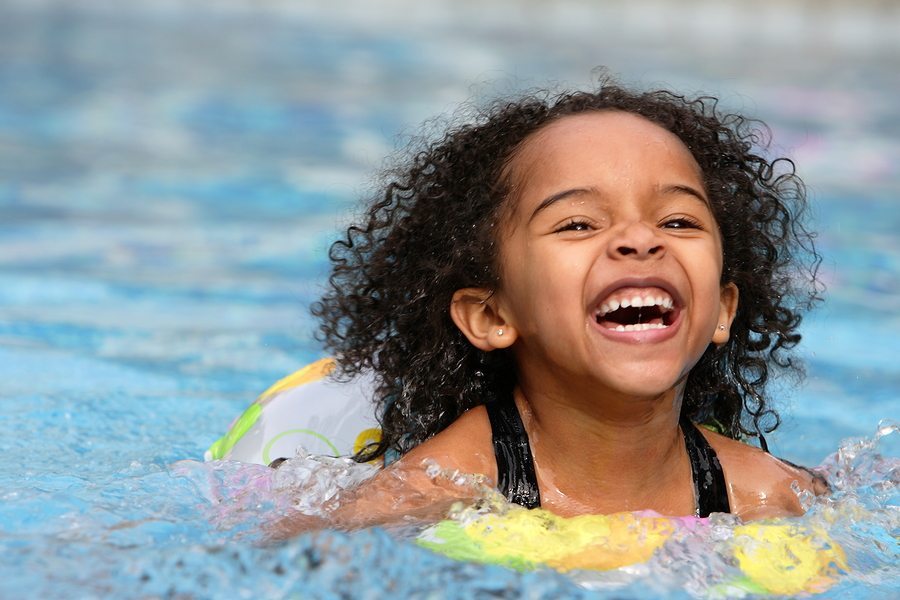
April is National Autism Awareness month. It is also when most of the country experiences the warmer temperatures of spring, leading families to spend more time outdoors as backyard and community swimming pools open for the season. According to Autism Speaks, children with autism are often attracted to water sources such as pools, ponds, and lakes. And, drowning is a leading cause of death for children and adults who have autism.
No matter if they have children or not, any households with swimming pools need to take the proper precautions to secure it to help prevent drowning. Each year, the United States Swim School Association (USSSA) teaches thousands of children water safety and swim skills through its member schools. The association also provides ongoing educational opportunities in special education swim instruction for swim instructors worldwide.
USSSA advises anyone with a swimming pool to begin to safeguard it by:
- Installing a locking and self-closing pool gate to prevent unauthorized access to the water.
- Placing pet doors in the home in areas that do not lead to the pool so children are not able to slip out through the small door unnoticed.
- Studying proper CPR techniques for every age person in order to know how to properly respond should an emergency situation occur.
Parents of Children with Autism, and all parents, should remain vigilant near bodies of water and when children are swimming. USSSA recommends that parents begin to teach proper water safety skills at a young age and incorporate the following techniques:
- Create a verbal cue and teach children that you must say that word before they can go into the water (pool, lake, ocean, etc.).
- Create a process the child must go through before entering a pool such as putting on a swim diaper, a swimsuit and applying sunscreen. This creates a barrier for children who know they must follow a particular routine to swim. Parents have more opportunities to notice a child is trying to get in the water if there is a process to follow versus a child who thinks he or she can just jump in any time.
- Children should learn to swim without goggles. Teach children to open their eyes under water; if they fall in they can find the side of the pool or a step and get out safely.
- Create a water safety plan for the family and have water emergency drills with kids covering how to recognize the signs of someone struggling in water and what to do in this type of emergency.
- Start swim lessons at 6 months of age and continue them year-round at a US Swim School member location.
To find a USSSA affiliated swim school near you, or for details on becoming a member of the nation’s leading swim school organization visit: www.usswimschools.org.


















